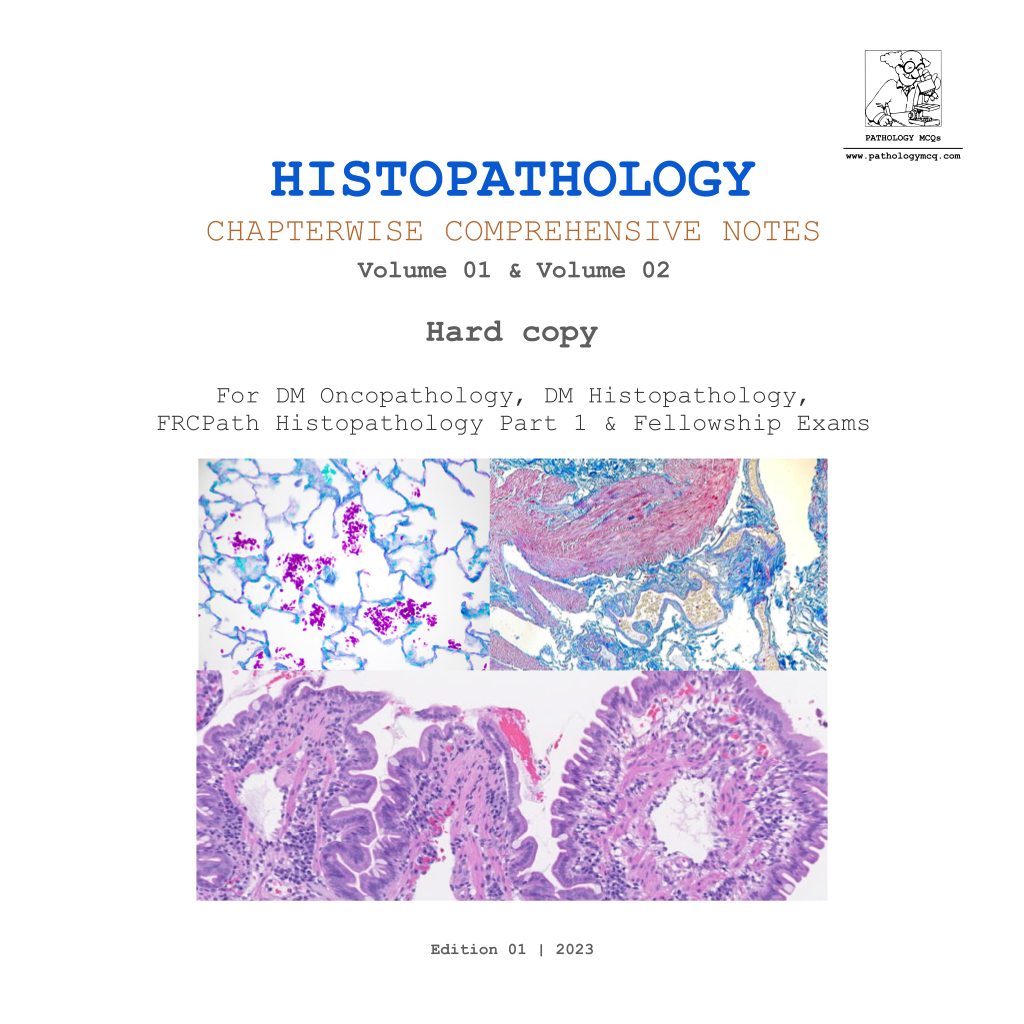Your cart is currently empty!
Juvenile Papillomatosis: A Comprehensive Overview from Gross to Microscopic Examination
Published by
on
Juvenile papillomatosis, often referred to as “Swiss cheese disease” due to its characteristic appearance, is a rare benign breast condition that typically affects young women. While benign, it’s of clinical significance due to its association with an increased risk of breast cancer. In this blog, we’ll explore the gross and histologic features of juvenile papillomatosis, its immunohistochemical profile, and the differential diagnosis, supplemented with images and assessment questions to solidify your understanding.
Gross Features
Juvenile papillomatosis is generally identified as a well-circumscribed, firm, and rubbery mass on gross examination. The size can vary, but lesions are often between 1 and 5 cm in diameter. When sectioned, the mass reveals a spongy appearance with multiple cystic spaces, which gives rise to the “Swiss cheese” moniker.

Histologic Features
Under the microscope, juvenile papillomatosis exhibits a complex fibrocystic change. It’s characterized by:
- Multiple cysts of varying sizes
- Florid ductal epithelial hyperplasia
- Papillomatosis with fibrovascular cores
- Usual ductal hyperplasia without atypia
- Sclerosing adenosis

The lesion’s fibrous stroma can be dense, and apocrine metaplasia is frequently observed.
Immunohistochemistry
Immunohistochemical staining in juvenile papillomatosis typically shows:
- Estrogen and progesterone receptor positivity in the epithelial component
- Epithelial membrane antigen (EMA) positivity
- Cytokeratin positivity, highlighting the complex ductal structures
These markers can help confirm the diagnosis and exclude malignant changes.
Differential Diagnosis
The main conditions to differentiate from juvenile papillomatosis include:
- Intraductal Papilloma: Typically presents as a solitary lesion with a central fibrovascular core, unlike the multiple papillomas in juvenile papillomatosis.
- Fibroadenoma: A common benign breast tumor in young women, but lacks the cystic changes of juvenile papillomatosis.
- Carcinoma: Particularly important to exclude, given the increased cancer risk associated with juvenile papillomatosis.

Conclusion
Juvenile papillomatosis is a distinctive entity with a benign course, yet it requires careful monitoring due to its cancer risk association. A multidisciplinary approach, combining gross pathological examination, meticulous histologic evaluation, and targeted immunohistochemistry, is key to accurate diagnosis and management. As we enhance our understanding and detection methods, we can better stratify risk and provide personalized care for patients with this rare condition.


OUR COURSES/E-BOOKS

Courses:
Learn more >

Learn more >

E-Books in amazon kindle:
Learn more >
Leave a Reply